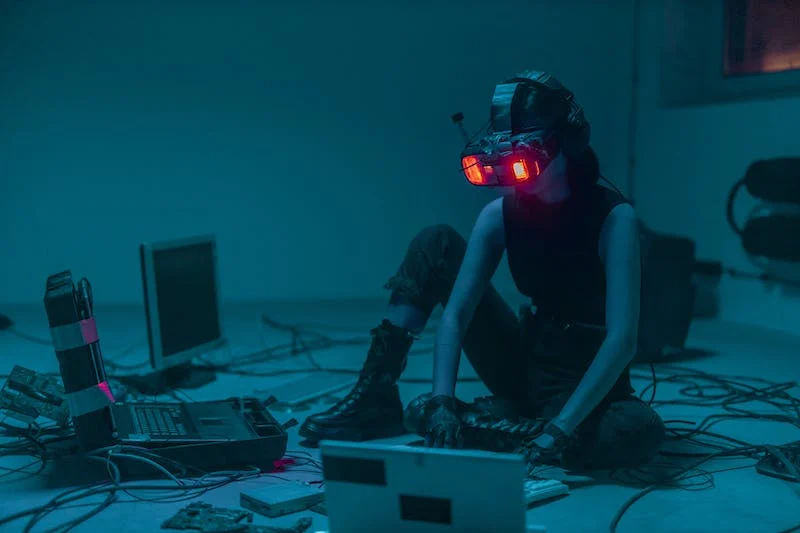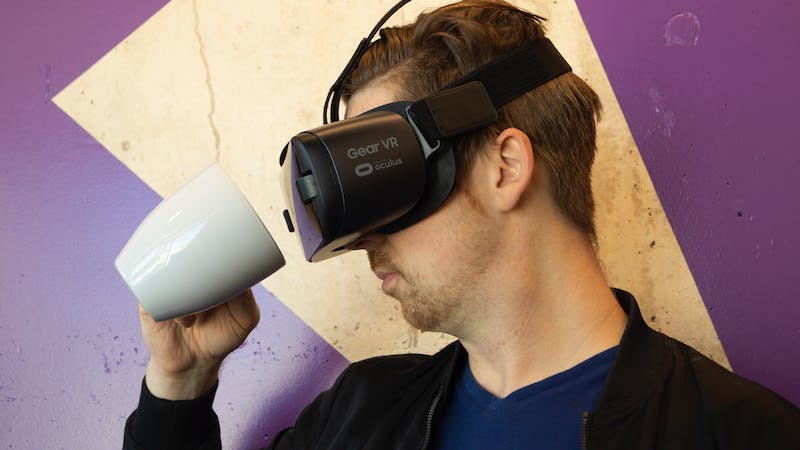Technical analysis of Minecraft game
Technical analysis of a game like Minecraft involves examining various aspects of its development, technology, and performance.
- Platform and Engine:
- Minecraft game was originally developed in Java, making it platform-independent to some extent. However, there are also versions for various platforms, including PC, consoles, and mobile devices.
- The Java version uses the Lightweight Java Game Library (LWJGL) for graphics and input handling.
- Graphics and Rendering:
- Minecraft game uses a block-based voxel graphics system, which allows for easy world creation and modification.
- The Minecraft game uses OpenGL for rendering, which provides compatibility with a wide range of graphics cards.
- It employs various rendering techniques such as chunk-based rendering and level of detail (LOD) to optimize performance.
- Multiplayer:
- Minecraft game supports multiplayer gameplay through LAN and online servers.
- Servers can be hosted by players or rented from hosting providers.
- It uses a client-server model for multiplayer, with the server handling world simulation and the client rendering the world.
- World Generation:
- Minecraft game uses procedural generation to create vast and diverse game worlds.
- The terrain generation algorithm includes various biomes, caves, villages, and structures.
- Players can also create custom worlds using seeds and world generation settings.
- Performance Optimization:
- Minecraft game has evolved over the years to improve performance, with optimizations made in terms of rendering, chunk loading, and entity handling.
- Players can adjust graphics settings to balance performance and visual quality.
- Mods and custom resource packs can impact performance depending on their complexity.
- Updates and Modding:
- Minecraft game has an active modding community, with support for mods and plugins.
- Mojang regularly releases updates that introduce new features and improve the game’s performance.
- The game’s modding community contributes to its longevity and continued innovation.
- Cross-Platform Play:
- Some versions of Minecraft, such as the Bedrock Edition, support cross-platform play between different devices and platforms.
- Server Technology:
- Minecraft game servers are typically run on dedicated hardware or virtual private servers (VPS).
- Popular server software includes Spigot, Bukkit, and Paper, which provide customizability and performance enhancements.
- Security:
- Minecraft game servers and clients must have security measures in place to prevent cheating and unauthorized access.
- Anti-cheat plugins and server-side authentication are common security measures.
- Scalability:
- Large Minecraft game servers with many players require careful optimization to handle high player counts and complex worlds.
- Scalability considerations include server hardware, network capacity, and software optimization.
- Data Storage:
- Minecraft game worlds can become quite large, and efficient data storage is crucial.
- Worlds are typically stored in region files, and backups are essential for data integrity.
- Community and Support:
- Minecraft has a large and active community that provides technical support, tutorials, and documentation for both players and server administrators.
In summary, a technical analysis of Minecraft would cover its platform, engine, graphics, multiplayer, world generation, performance optimization, modding support, cross-platform play, server technology, security, scalability, data storage, and community support. Minecraft’s success can be attributed in part to its technical versatility and the vibrant ecosystem that has developed around it.

Structure of the Minecraft program
Minecraft’s game program has a complex and modular structure, with various components and systems working together to create the game world and deliver gameplay. Here’s an overview of the basic structure of the Minecraft game program:
- Game Engine:
- At the core of Minecraft is its game engine, which handles the fundamental game mechanics, graphics rendering, and user interactions.
- Platform-Specific Code:
- Depending on the version of Minecraft, there are platform-specific codebases to ensure compatibility with various operating systems (e.g., Java Edition, Bedrock Edition for different platforms).
- Game Loop:
- The game engine operates on a continuous game loop, where it updates the game state and renders frames at a constant rate (typically 20 ticks per second in Minecraft).
- World Generation and Storage:
- The game generates and stores the game world, which includes terrain, structures, biomes, and more.
- World data is stored in region files or database systems, depending on the edition.
- Physics and Simulation:
- Minecraft simulates various game elements, including block physics, entity behaviors (e.g., mobs, animals), and interactions between objects.
- Graphics Rendering:
- The game engine uses OpenGL (in the Java Edition) or other graphics APIs to render the game world and player’s view.
- This includes rendering blocks, entities, particles, and special effects.
- User Interface (UI):
- Minecraft’s UI system handles menus, inventory management, crafting, and other player interactions.
- It also manages HUD elements such as the health bar, inventory hotbar, and status indicators.
- Networking:
- Multiplayer functionality is a critical part of Minecraft.
- Networking code manages player connections, synchronization of game state between clients and servers, and real-time updates.
- Sound and Audio:
- Minecraft incorporates audio elements like music, ambient sounds, player actions, and environmental noises.
- A sound engine manages the playback of these audio assets.
- Input Handling:
- User input from keyboards, mice, controllers, and touchscreens is processed to control player movement, actions, and interactions.
- Modding and Plugins:
- Minecraft’s modding API (e.g., Forge for Java Edition) allows the addition of custom content and gameplay modifications.
- Plugins (for server editions) extend server functionality and gameplay options.
- Resource Management:
- The game manages assets such as textures, models, sounds, and language files.
- Resource packs can replace or customize these assets.
- Server-Side Components:
- In the case of multiplayer servers, there are additional server-side components like server software (e.g., Spigot, Paper) and plugins.
- These handle server administration, performance optimization, and custom game rules.
- Security:
- Minecraft employs security measures to prevent cheating and unauthorized access to game servers.
- Updates and Patching:
- Regular updates are released to add new features, fix bugs, and improve performance.
- The launcher manages game updates for players.
- Community and Support:
- The Minecraft community contributes to documentation, support, and user-generated content, making it an integral part of the game’s structure.
The structure of Minecraft’s game program is modular, allowing for extensibility, customization, and compatibility with various platforms and playstyles. It’s worth noting that the specific architecture may vary between different editions (Java, Bedrock, Console, etc.) and versions of the game.




